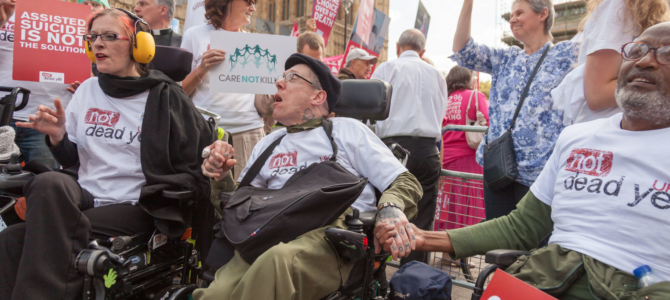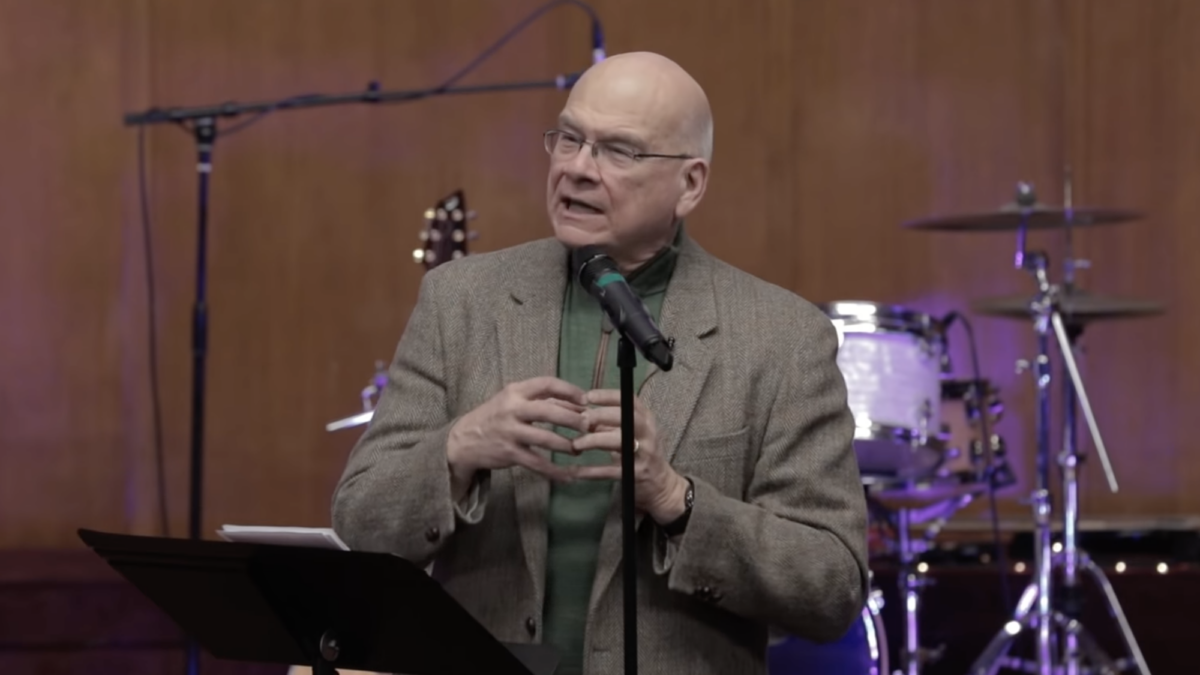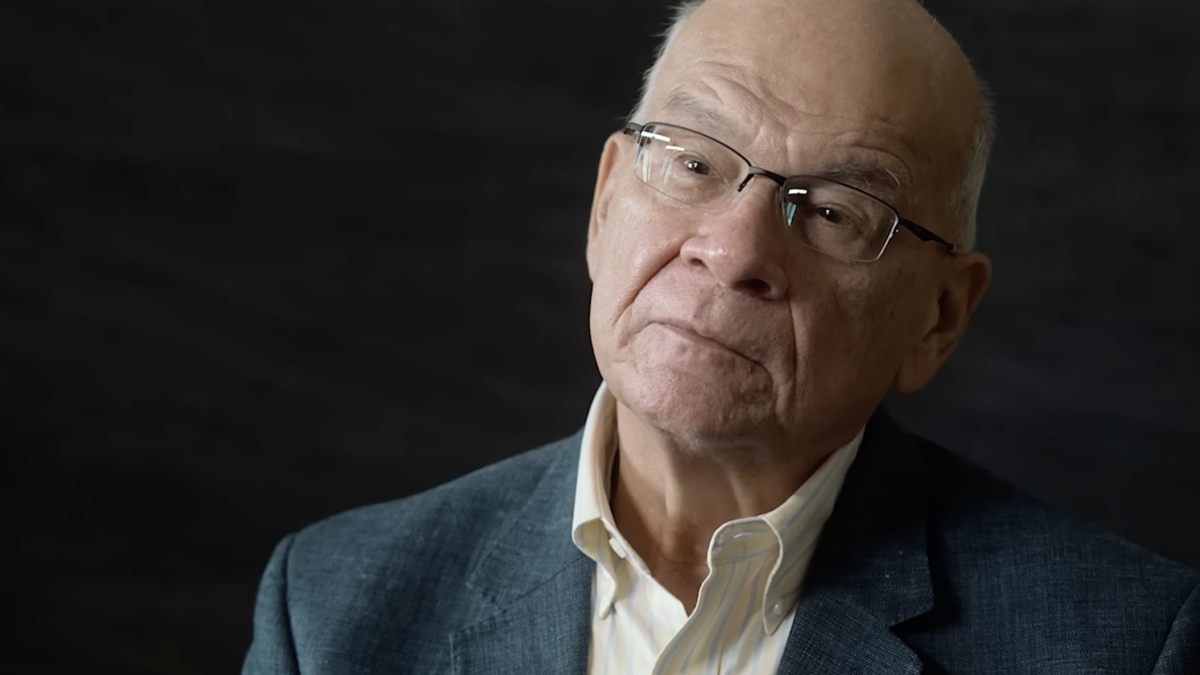
It’s ironic that one of the most bizarre jokes in the classic animated series “Futurama” happens to be its most prophetic: suicide booths. In the first episode, the protagonist, who wakes up from a 1,000-year cryogenic sleep, stands in a line of calm people to use what he thinks is a phone. Instead of entering the booth to make a call, they are being vaporized or slashed.
The idea of suicide-on-demand has now become a reality. Netherlands, Switzerland, and Belgium have liberalized their assisted suicide laws so anyone of any age can seek medicated suicide. Canada hopes to expand legal suicide for those who don’t suffer from a terminal illness, and a German high court has determined assisted suicide is every person’s right.
In nearly every country and state that has legalized some form of assisted suicide, the pattern is the same: First, it is presented as an exception made for people suffering severely and on the brink of certain death; then, this exception broadens to include people who won’t necessarily die and experience varying degrees of suffering; and finally, suicide is enshrined as a right of anyone seeking it.
In this final phase, where suicide is a human right, it becomes unclear why a doctor is even necessary. If a person wants to kill himself, he doesn’t necessarily need a doctor’s help. What does the doctor “assist” with, then? Usually, they assist with coercing a patient into committing suicide as a remedy for his problems — in direct conflict with their duties as healers. At least the people in “Futurama” could decide for themselves without this hurdle.
Is Assisted Suicide a Slippery Slope?
Many people who support the idea of legalizing suicide will vehemently deny any kind of pattern in euthanasia laws. They would say this is just a slippery-slope argument of pro-lifers and that the current examples are the result of unpredictable circumstances. Euthanasia doesn’t necessarily have to morph into fully legalizing suicide; the exception can stay the exception.
This is false. Rather than being a slippery slope in which an exception gradually becomes the rule, the logic here involves redefining the key concepts associated with suicide, which, once accepted, open the doors to flipping the exception into the rule. A slippery slope would indicate this is mainly coincidence. In the case of assisted suicide, however, the change was fully intentional from the beginning.
Thus, it would be better to call these ever-widening claims trapdoor logic. Whereas a slippery slope assumes a logical progression (A leads to B, which leads to C, which leads to D, and so on), trapdoor logic relies on transformation (A was D all along). With assisted suicide, people thought they were approving an extreme remedy for suffering when, in fact, they were actually approving suicide for everyone.
This is the result of employing certain words. In the case of assisted suicide, those words were suffering, dignity, and consent (differentiating assisted suicide from involuntary euthanasia). These terms defined the exception to prohibiting suicide. Originally, suffering entailed physical pain beyond palliative treatment. Dignity meant having a choice in when and how one died, a choice which a terminal disease would take away. Consent meant having the full capacity and knowledge to decide to end one’s life.
“The primary task of the medical profession is not to prolong life or to promote health, but to relieve suffering,” wrote professor Anton van Niekerk in “The Conversation.” “We have a right to die with dignity, and the medical profession has a duty to assist in that regard.”
In order to widen the exception to become the rule, those in favor of assisted suicide made all these key terms inclusive to the point of being meaningless. They also added a few more terms to make the whole matter even more confusing.
Suffering now entails any kind of suffering — mental, emotional, physical, or moral — to any degree. Dignity now means comfort or superficial respect. And consent means accepting any decision, regardless of an individual’s ignorance, duress, or maturity. Added to these are words such as autonomy, self-determination, and self-ownership — things indicating empowerment when one kills himself.
When words change or their meanings evolve, laws change. Laws put into effect to protect people from killing themselves are now considered immoral and inhibiting. No one questions how suffering has become entirely subjective, or how it is more dignified to give up on life than to continue fighting, or how an extreme decision made under duress and with little information still qualifies as consent. Most importantly, no seems to question the fact that this self-determination is self-defeating.
Fight Against the Culture of Death
As soon as this logic becomes law, the culture will quickly follow. Contrary to Andrew Breitbart’s maxim that “politics is downstream of culture,” in these controversial matters that manifest themselves in the opinions of unelected judges, politics begin to define the culture’s values. The law endorses a right to death, and people who oppose those laws are backward and bigoted.
This is observable in nearly every major controversy, particularly with abortion, prostitution, pornography, and even socialism. Words change meaning, the issue is redefined altogether, legal exceptions become rules, and woe to anyone who opposes the new status quo. People and democratic institutions undoubtedly suffer under these continually expanding parameters of what’s permissible, but the newfound rights and privileges justify these negatives.
This prompts a bigger question: Why? Who gains from redefining these foundational cultural values? Who gains from pushing suicide on the unsuspecting masses?
Unfortunately, in the modern welfare state, everyone gains, making this policy almost impossible to reverse. The countries that have legalized assisted suicide also happen to be countries with strained budgets and a great multitude of elderly citizens awaiting their promised public pensions and health care. Even if people talk of suicide like a human right meant to liberate the individual, the real goal here is to liberate the taxpayers of a massive financial burden.
Those who find this too cynical to be believed should reflect on the the fact that the primary reason people want to commit suicide is that they feel like a burden. No amount of palliative care and miracle cures can change this sentiment, and assisted suicide advocates know this. Under a secular society unmoored from Christian morality, laws inform the culture of death, and the culture of death facilitates the laws. This cycle gives rise to a utilitarian ethic that eliminates the unproductive, exploits the productive, and enables the destructive, while calling the whole thing progress.
It’s difficult to imagine Europe or Canada changing course, seeing as they have fallen into progressive trapdoor logic for decades. In some ways, the United States is sadly right there with them, but the push for suicide rights mainly exists at the state level, and the currently conservative U.S. Supreme Court seems averse to making a national policy on the issue.
That means there is hope for pro-life advocates still to make their case, fight off the sophistry, and confront the selfish rationale motivating these arguments for supposed dignity and autonomy. It’s not enough to argue for better palliative care and demand more professional interventions. Americans hoping to stop the killing must argue for life in all its fullness, and convince those looking to give up that they are not burdens, but are capable of enjoyment and giving happiness to their community.









